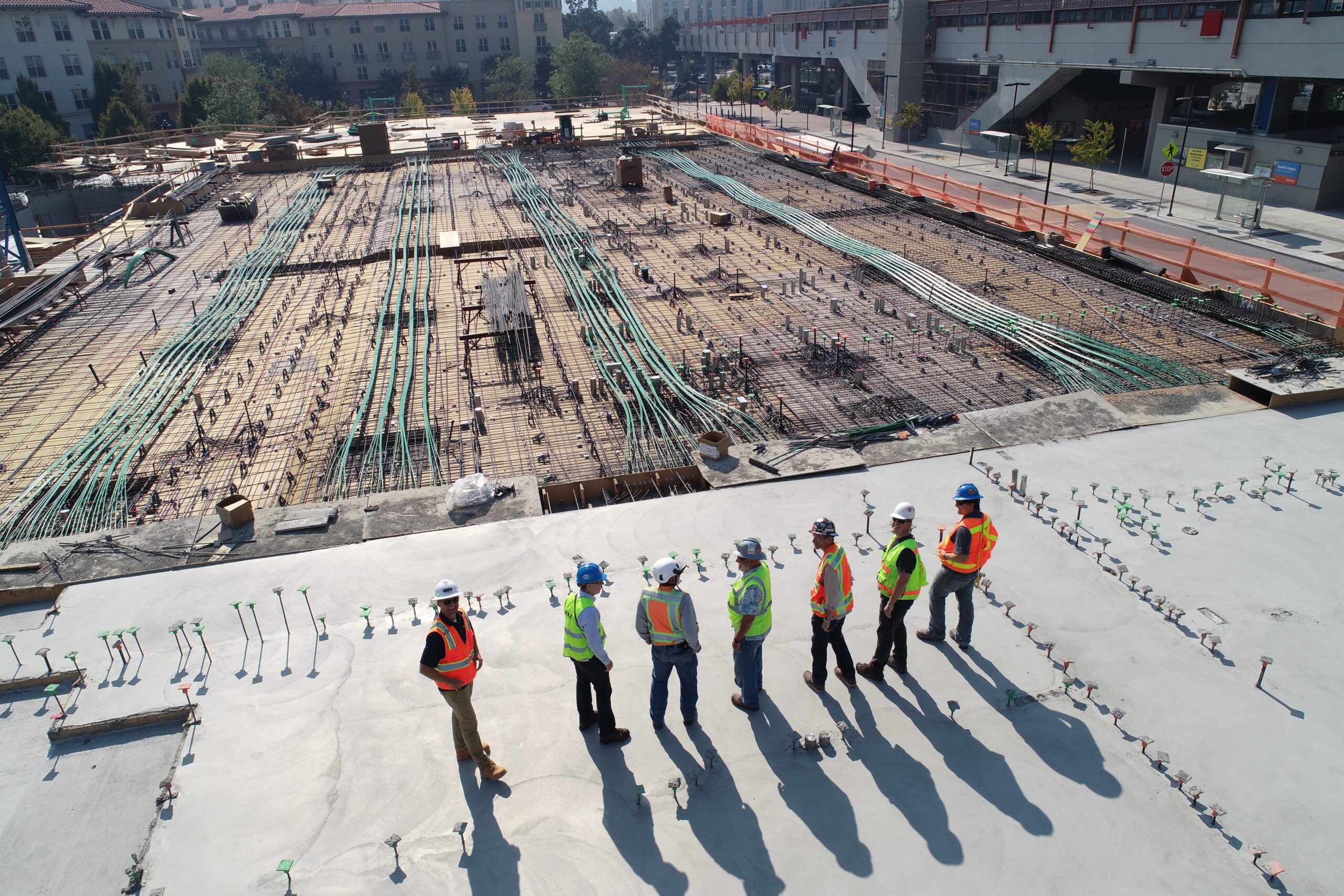
21 Aug Safe Work Method Statements: What to Know
Safe Work Method Statements: What to Know
If you manage high-risk construction projects, it is your legal obligation to maintain safe worksites. Each state has regulations concerning worksite safety, but all states require that employers control hazards to prevent injury to workers. To ensure compliance, any person conducting a business or undertaking must prepare a Safe Work Method Statement (SWMS) before work begins.
What is a Safe Work Method Statement?
A safe work method statement (SWMS) is a document designed to protect workers from injury or death at high-risk worksites. It’s a document prepared before work begins. It outlines the risks involved in the workplace and includes details about minimising those risks. It also lays out procedures for review and monitoring throughout the project.
An SWMS is not a procedure, per se, but rather it’s a tool that assists in the monitoring of safety measures. Failure to prepare and use a SWMS puts workers at risk. It is a requirement for the 18 high-risk construction work activities defined in Australia’s work, health and safety regulations.
What an SWMS Should Do:
A safe work method statement needs to do the following:
- Identify the work performed
- Specify the hazards of that work
- Detail all measures to control specific safety risks
- Describe the implementation, monitoring, and reviewing process
A brief and concise statement provides a clear picture of the specific hazards of a worksite. It needs to be easy to comprehend so that non-English speaking workers also understand the dangers present. While many jobs cover a wide range of activities, from the use of explosives to the building of scaffolding, one SWMS covers the entire project. The statement must identify all risks and hazards. Likewise, it must lay out steps for controlling those risks. Of course, any plan is only as good as its execution. Therefore, it’s important that safety managers monitor and review the statement over the course of the work project.
What is a High-Risk Work Site?
In Australia, high-risk work legally includes, but is not limited to, work that carries the risk of falls higher than two metres or in trenches or shafts deeper than 1.5 metres. It includes work that disturbs asbestos or uses a temporary support system to prevent structural collapse. The use of explosives is high-risk, as is any work that presents the risk of drowning. It covers work performed in confined spaces such as tunnels. Until a SWMS is in place, work cannot begin. Also, any work that does not follow the statement must stop immediately. Work resumes only after undertaking corrective action.
Benefits of a Digitised SWMS
Streamlining SWMS preparation and execution saves time. Going paperless is a way to do this. A digital SWMS makes data collection easy. It creates an organised archive of specific corrective actions as well as the steps taken to prevent future incidents. Safety managers, site supervisors and inspectors identify and document risks, upload forms, and enter information for viewing by staff and management alike on smartphones and tablets. Automated reminders keep things on track and document management is straightforward.
Minimise Risk Today
Keep your job site compliant and workers safe with a digital safe work method statement. Book a demo and discover all of the benefits SafeWrite offers businesses to manage risk and meet their HSEQ obligations.
